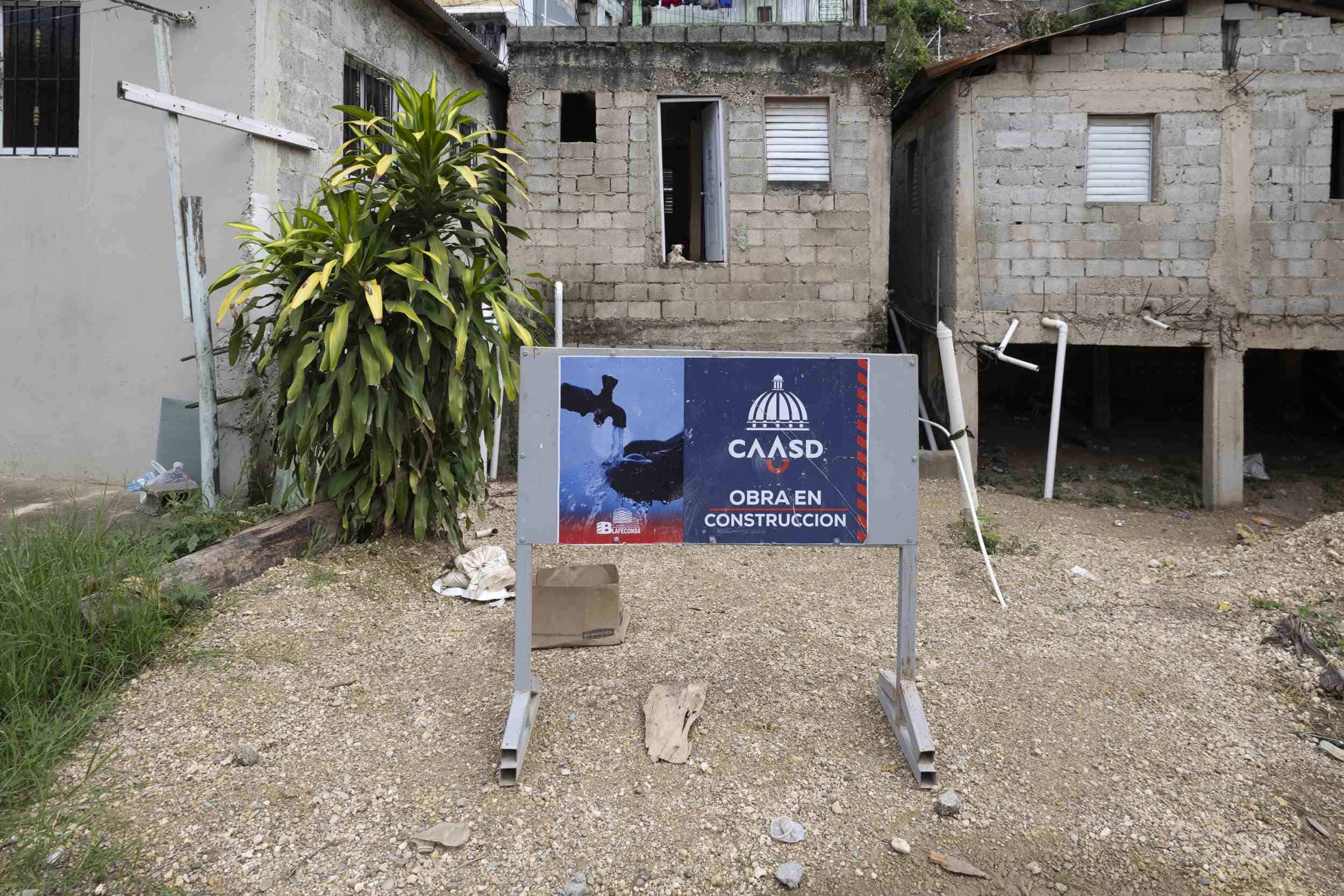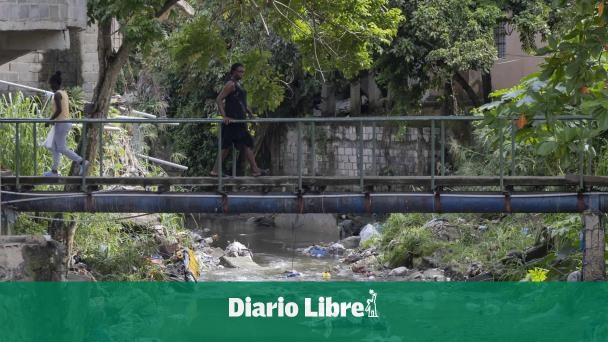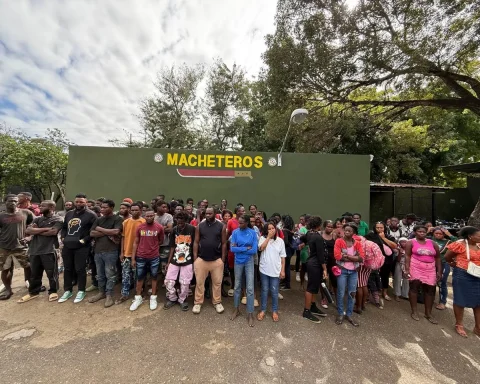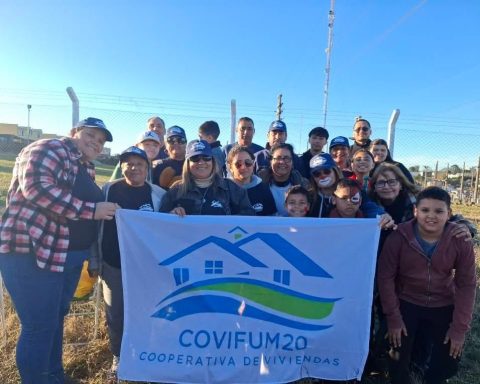Workers and contractors of the Santo Domingo Aqueduct and Sewer Corporation (CAASD) filled sandbags, yesterday at 10:27 in the morning. This is how they prepared for the fearsome flood canada Las 800in the Los Ríos sector, in the National District, do not take the tubes they use in the process of sanitation that they carry out there.
It was a preventive measure against the threat of new overflows during the first days of this week, according to the predictions of the Meteorological authorities.
Despite the efforts, fear persists, since the community still bears the scars of the tragedies that occurred when, in 2022, the rains caused a natural disaster that caused deaths and great material losses.
Residents of the area are concerned that the work of sanitation of the canyon are not effective and the length of this process. They remember the scars of the past.
Just two years ago, a natural disaster left its indelible mark on the residents of the area, taking the life of one person and destroying entire homes.
“Every time November the 4th or 18th arrives and I see that we are still alive, I thank God, because every time only the memories come back to me,” a resident laments wistfully.
In the distance, some locals cross an old bridge that connects both sides of the ravine, while a penetrating smell of sewage waste envelops the air.
Temporary work progresses in the area
On the ground, the work of sanitation They continue their course, although at a slower pace than expected.
A contractor of the Santo Domingo Aqueduct and Sewer Corporation (CAASD), who was at the site, explained that the work has been going on for a couple of months, justifying that the work is progressing slowly due to the complexity of the project.
“Work is being done underneath houses, which implies careful work, since we face thousands of pluvial and sanitary connections,” he said.
He said that the process is not without challenges, especially with the rains that continue to stop work.

Residents skeptical
Despite the efforts, residents can’t help but feel skeptical about the model of sanitation which is carried out on site.
Kenia García Céspedes, who has been living around the canyon for 18 years, expresses her concern for the future.
“We still have doubts about the work,” he said, explaining that water falls into the ravine from different places, so the rain threatens to wash everything away.
“We are only clinging to God, because enough water has not yet fallen to know if this work will be successful,” he added, with a tone of resignation.
The story of Kenya is that of many families who lived through the tragedy of 2022, when the overflowing of the ravine left irreparable damage.
“The first time it flooded, I couldn’t recover any of my belongings. I lost two refrigerators and my entire sale, since the water reached the roof of my house,” he recalled sadly.
But the greatest pain was the disappearance of his cousin Roberto Quevedo Sánchez, who drowned while trying to save two vehicles.
“Yesterday, November 4, he turned two years old. The ravine took him away,” he said with tears in his eyes. He left four orphaned children.
Rosemite, another resident, also has a painful memory of that fateful date. “Every time November 4th or 18th comes, memories come back to me and I just thank God that we are still alive,” he says with a melancholic tone.
Mother of five children and resident for six years, Rosemite shares Kenya’s skepticism, because although the work of sanitation continue, there are still no guarantees that the danger has dissipated.
“When he comes to see, it gets better, if not worse,” he consoles himself by thinking that perhaps the situation can improve, but without losing hope that the ravine will not overflow again.














